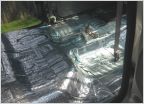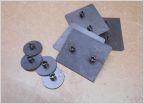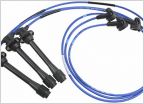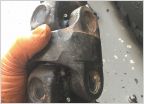-
Welcome to Tacoma World!
You are currently viewing as a guest! To get full-access, you need to register for a FREE account.
As a registered member, you’ll be able to:- Participate in all Tacoma discussion topics
- Communicate privately with other Tacoma owners from around the world
- Post your own photos in our Members Gallery
- Access all special features of the site
Fuel Injection Electrical Schematics for 2.7L Engine, 1996 Toyota Tacoma, MT 4x4
Discussion in '1st Gen. Tacomas (1995-2004)' started by rockies, Apr 7, 2020.
Page 1 of 2
Page 1 of 2


 Carpet removal
Carpet removal O2 Sensors don't match?
O2 Sensors don't match? FabTech AALs?
FabTech AALs? Possible Spark Plug/Spark Plug Wire issue
Possible Spark Plug/Spark Plug Wire issue Driveline Clunk Possibilitys?
Driveline Clunk Possibilitys?










































































